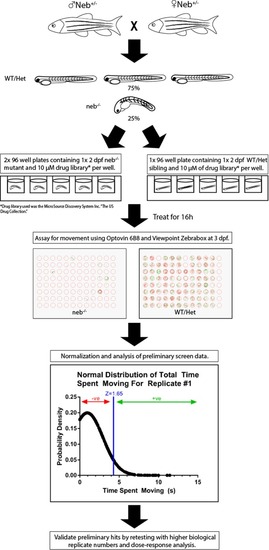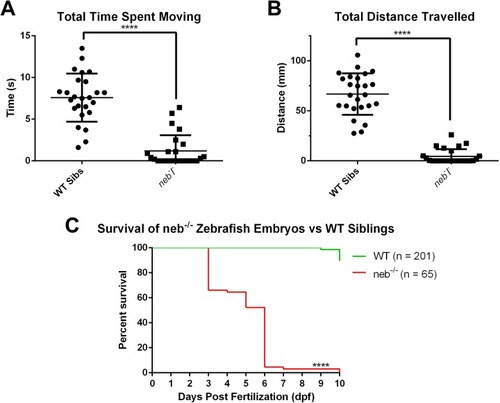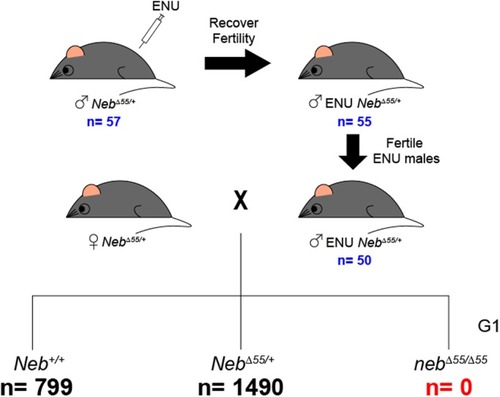- Title
-
Failure to identify modifiers of NEBULIN related nemaline myopathy in two pre-clinical models of the disease
- Authors
- Qiu, B., Ruston, J., Granzier, H., Justice, M.J., Dowling, J.J.
- Source
- Full text @ Biol. Open
|
|
|
PHENOTYPE:
|
|
|



